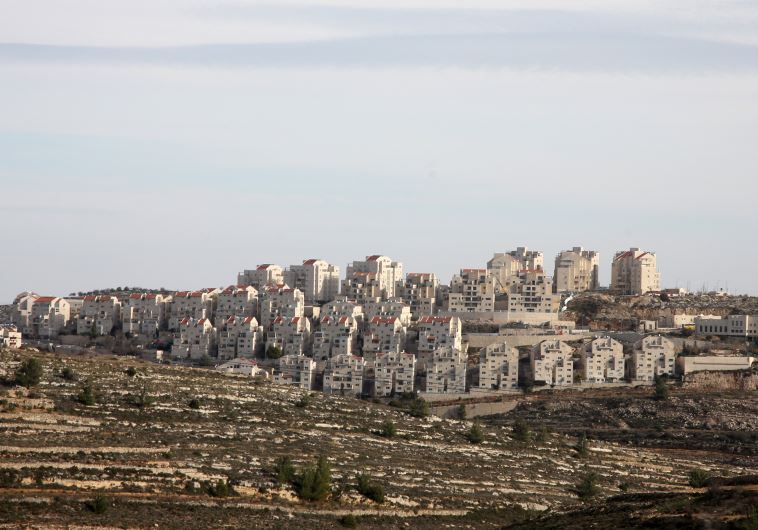‘Gush Etzion settlement bloc to grow to half-a-million people’
Efrat, which is the second largest settlement in the Gush Etzion bloc, could quickly grow to the size of a city in the next decade.
 Efrat settlement, West Bank(photo credit: MARC ISRAEL SELLEM/THE JERUSALEM POST)Updated:
Efrat settlement, West Bank(photo credit: MARC ISRAEL SELLEM/THE JERUSALEM POST)Updated: